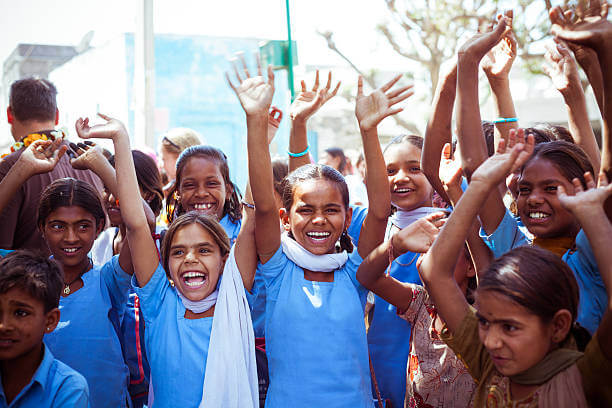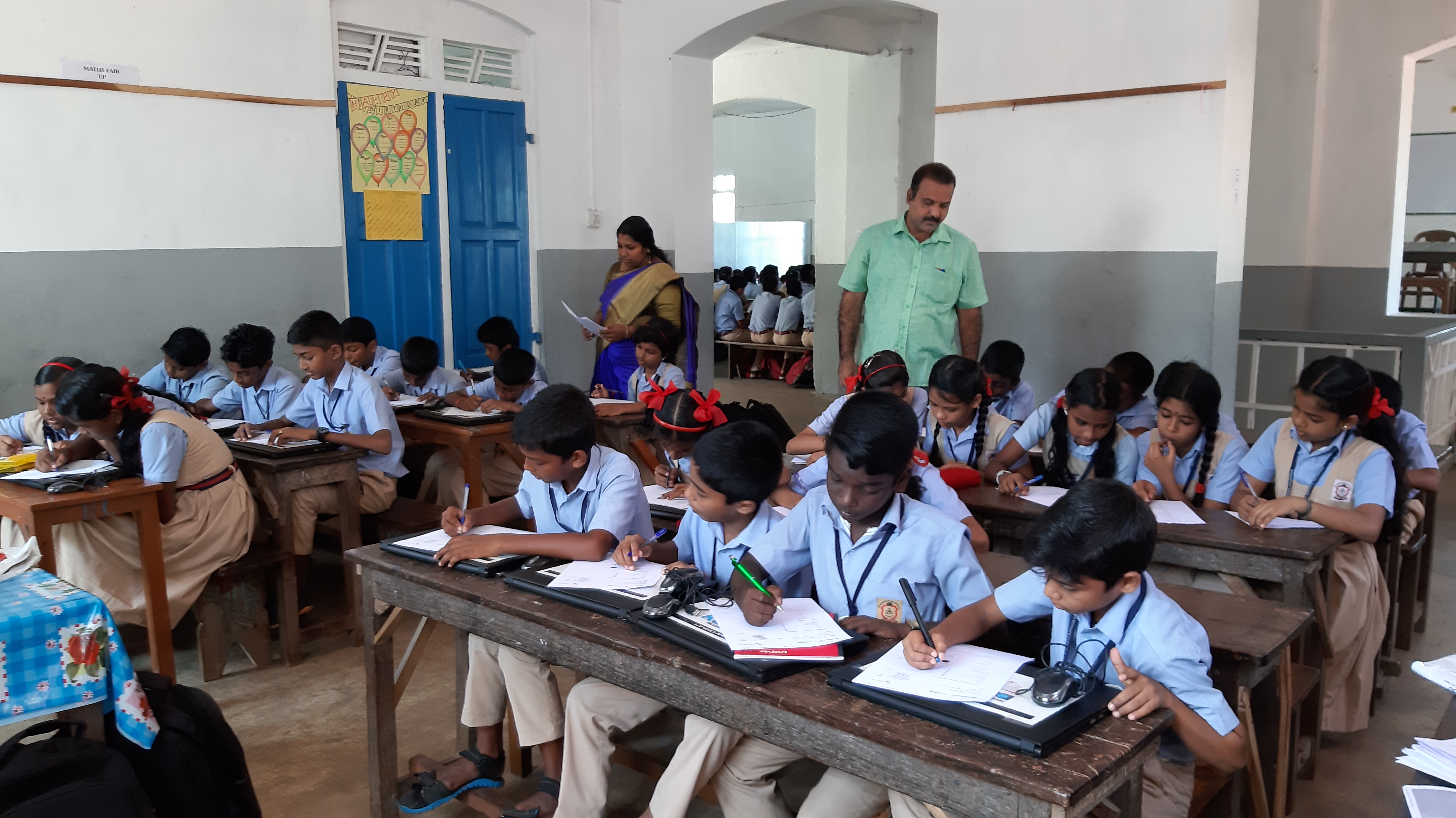- Home >
- Our Ideas
SROI Study Of CSR Project By SoulAce

Girl’s education is both an intrinsic right and a critical lever to reaching other development objectives. Providing education to girls helps break the cycle of poverty: educated women are less likely to marry early and against their will; less likely to die in childbirth; more likely to have healthy babies; and are more likely to send their children to school. When all children have access to a quality education rooted in human rights and gender equality, it creates a ripple effect of opportunity that influences generations to come. Adolescent girls face economic and social demands that further disrupt their education, spanning from household obligations and child labour to child marriage, gender-based violence. It is important to provide them with quality education, social and moral support to empower them and get their gender rights. It is also important that the adolescent girls attain their age-appropriate learning level in the elementary schools for smooth transition to secondary school in higher proportion with good learning level.
The objective of the project was,

The main intervention was through additional academic support, material support, social and moral support, which were the key components of the programme. Special academic classes were conducted for 1.5 hours beyond school hours, five days a week, which helped bridge learning gaps and enabled girls to reach their grade-specific competency level in school. The total beneficiaries consisted of 7852 girls (class 1st to 8th) of 82 Govt. School in 83 villages.
The state of education in the country as such is far from desirable. ASER Reports have consistently warned of poor learning outcomes.
n this context, baseline surveys done in areas before a project is implemented are crucial in understanding the scope of learning outcomes and other indicators of progress.

Educational interventions undertaken by corporates are certainly welcome in such a landscape. For instance, the Satya Bharti School Program run by the Bharti Foundation is one of the most successful educational initiatives in the country. 249 primary Schools and 5 senior secondary schools are run in Punjab, Rajasthan, Haryana, Uttar Pradesh, Tamil Nadu and West Bengal. Over 45,600 underprivileged children are provided with quality education by these schools and over 1,650 teachers have been employed. The program focuses on the girl child (49% of the students are girls) and the weaker sections of society.
Another successful initiative is Project Nanhi Kali, established in 2005 and managed by the K. C. Mahindra Education Trust. It ensures 10 years of quality education to girl children from economically disadvantaged families. Their focus is on providing holistic support to students, including post-school academic support (to ensure grade-specific competency), materials support (in terms of uniforms, kits etc.) and importantly, community support (by engaging with parents and other members of the community, sensitising them to gender equality and ensuring the girls do not drop out of school).
CSR has the potential to become an even bigger change agent for education in the country. Some of the most successful projects such as the ones outlined above can be the beacons which guide the planning and implementation of other interventions. For corporates which might prefer doing their CSR activities in and around their own factory locations spread across the country, the take-homes from successful initiatives elsewhere can be kept in mind while working with the government schools in their own areas.
The key, however, lies in focusing on innovation, long-term sustainability and taking a holistic approach to bridge the gaps in the system and the community. Conducting CSR Impact Assessment and Social Return on Investment are important tools to measure the progress and continuously work on improving the parameters.